I have always wanted to be “the good guy.” As a lover of movies, I would watch anything from action movies to dramas and try to identify with the hero. One of the most influential series of movies I watched as a kid was Indiana Jones. Temple of Doom scared the crap out of me. I thought Last Crusade was charming. But Raiders of the Lost Ark was what started it all.
I loved the character of Indiana Jones. I pretended to have adventures like he did. I used to dress up like him in a leather jacket and fedora. (Ironically, I have grown up to dress like the Dr. Jones side of him). The main minds behind the movie, George Lucas, Larry Kasdan, and Steven Spielberg had the outfit outlined almost before anything else about the project.
Still, they knew very early on the type of character they were creating. While he performed amazing feats, Harrison Ford’s Jones was more relatable than other 1980s action heroes portrayed by Sly Stallone or Arnold. They were superheroes while Ford was the everyman-type. Not that every man is that handsome. Or rugged. Or capable. Or brave. Or handsome.
We pick up our social cues and learn behaviors from everything we encounter. I picked up lessons on masculinity from a myriad of role models in real life and also on screen. Indy is no exception. I want to go back and look at some of these influential films and analyze what cues seeped into my developing brain. This is not meant to be purely negative. Raiders is an incredibly enjoyable romp. My goal is to turn a critical eye toward the main character’s relationship to the world around him.
I will be referring to the lessons learned from the movie distinctly from those of the character because they are different. One of my first overall readings of the film was that Indy acts better towards marginalized groups than the movie portrays those same groups. I will not be using the excuse that a film is “a product of its time” either. It does not excuse a negative depiction. Even if something was the social norm, that doesn’t make it right. That norm was put in place by people in power–white male people. This was a movie that was conceived in the late 70s and set in the 30s. Yes, the representations may be accurate to those times, I still hope to call some of them out. And one more thing, I will not be perfect. This is an exercise in rewiring my ingrained learning. I will do my best.
So let’s get to the fun stuff!
My first lesson jumps off the screen right away. No matter how uncomfortable you might be, looking awesome is cool. Indy is rocking that flight jacket in the middle of generic South America. He’s gotta be so sweaty. Speaking of South America, representation matters. One of the guides that Indy is working with, Satipo, is identified in the Raiders of the Lost Ark novelization as Peruvian. On screen, he is certainly meant to be South American. This was Alfred Molina’s first role and he is very much not either one of those things. He was born in London.
The opening sequence is a masterful bit of filmmaking. We learn so much about the character of Indiana Jones. It is a thrilling set-piece and a fantastic introduction. It also depicts what will be a theme for the whole movie: white colonizers using the local people for their own needs. The native people–in every location visited–are a backdrop for our white protagonists and antagonists. Scenery. In fact, a tagline for this movie could be “two groups fight over things that don’t belong to them.” These artifacts are not rightfully owned by an American museum.
Now we get the introduction of the only female character in the film, Marion Ravenwood, played by Karen Allen. The fact that she is the only one is–ding ding!–red flag number one. Um actually, she’s not the only one as there are some lovesick college students as well. Problem solved. Yes, the sidelining of any other female characters is a fair portrayal of a male-dominated world at this time. Yes, overall, Marion is not as bad as the female lead in Temple of Doom. No points are awarded for that, however.
Marion’s introduction as a hard-drinking, punch-throwing, bar owner in Nepal is solidly against-type representation. My MMH colleague, Trevor, wrote a cool piece on female-led movies. In it, he points out that the late 70s was the time where this representation became more popular. Marion does not rely on a man, she can do everything they can and often better, and she is respected by those around her.
The reintroduction of Indiana Jones into her life changes all of that. There is a backstory to Indy and Marion’s relationship. They had a relationship while Indy was studying under Marion’s father. He hurt her and she lets him know it. His apology is off-handed at best. More angry at being called out than sincere. She also points out that she was a kid. The character’s ages are never explicitly revealed, but we do know from behind-the-scenes documents that this romance was almost even more gross. I read a transcript of tapes recorded at the very beginning of the story creation process between Spielberg, Lucas, and Kasdan. In those sessions, George Lucas initially wanted Marion to be 25 so they had an affair when she was 15 or 16. Actually, he first wanted her to be 12 before saying that 15 or 16 could still be “interesting.” Yikes.
In that transcript, these men do make it a point that Marion is a part of the action driving the film and not simply a prop. Throughout the document, they refer to her as a Rick-type from Casablanca. In the fight in her bar, she does hold up well. She battles with the Nazis and saves Indy’s life on a couple of occasions. In the second fight in the streets of Cairo, she falls into that prop category, literally being passed around in a basket at one point. Later on, in their third fight at the Nazi spinning plane of death, Marion gets to do a little more. She saves Indy’s life again. She knocks out a pilot. She then goes on a shooting rampage, murdering a lot of Nazis. It’s great.
Before that bloodfest, Indy finds her tied up in the tent, kisses her passionately without her consent, and then just walks away. The explanation is that finding the Ark is more important and if she was gone, the Nazis would know something was up. My reply: you don’t know if they were gonna torture her. All they ended up doing was showing her a dope portable coat hanger, but it could have been much worse. And they didn’t know where the Ark was! You had time, Indy.
When they do get free and have their first consensual love scene, their relationship is still struggling. Indy is grumpy from being dragged behind a truck and he’s taking it out on Marion. He yells at her about not needing any help even though he clearly does. That is a classic masculine lesson. Take the pain and don’t ask for help. A man suffers stoically. I think I probably internalized more of the tough-guy stuff than I would have liked and I had to work hard to get through it once I realized I was not tough.
In Indy’s case, that toughness magically draws Marion to him even more. All they seem to do is yell at each other. I have heard of couples where that does cause a spark. However, it ain’t healthy and does not bode well for any sort of longstanding relationship. Case in point, they are not together in the subsequent movies.
Other issues with Marion’s role are the movie’s fault. She is forced to change out of semi-practical pants and into a revealing dress just in time to be thrown into a snake pit. Lucas, Kazdan, and Spielberg knew they were damsel-in-distressing her at certain points and call it just that several times. They also allow her to drive action in parts. All in all, I was expecting the depiction of Indy’s interactions with women to be worse than it was. I don’t know whether that is positive or negative.
Marion saves Indy more than he saves her. She punches and shoots. She can be brave, yet scared. She can be serious and she can be funny. She is bumbling at times and is a mechanism for motivation for the male characters. When she is in those weaker moments, they are played for laughs, instead of true character development. It is important to keep all of this in mind. She is Indy’s romantic interest. Imagine a movie where that wasn’t a part of the plot?
In addition to his romantic interest, Indiana Jones has one other real relationship on screen, with his friend, Sallah. Friendship, and the way it manifests, is crucial to me in a positive conception of masculinity. Sallah is a real asset being the best archeological digger around and he is vital to Jones’ quest. Essentially Indy treats him as an employee most of the time. There is a real warmth on screen though. The most damning part is when Sallah’s team is digging for the Ark and Indy is just standing there.
The shot is one of the most iconic in the film, with the sun setting behind him. Meanwhile, in the background, the Egyptians are digging away. I’m not sure Indy is paying them? Just another example of the people of color being scenery here. I will give Indy credit, he allows Sallah to climb out of that writhing snake hole first, despite his expertly set up fear of the reptiles. That’s a big friend move. Sallah also saves Indy’s life on at least two occasions, most notably in the poisoned dates scene. I hope–in the unwritten moments that don’t exist, but would be off-camera–that Indy is so thankful that he has Sallah and Marion around because without them he would be dead five times over. I want that gratitude toward others to be woven into my images of masculinity.
Side Note: I have another 2,000-word piece coming on the monkey that dies in that same poisoned date scene. It has a wild story in Raiders. It is a Nazi monkey that endears itself to our characters, betrays them, they ignore that fact, and then it dies for its sins? Wow.
I want to sum up by reiterating: I still like this movie. I enjoy it every time I settle in. It has incredible, dynamic movement. Countless moments are nothing less than ingrained in the iconography of film. The score is among the most recognizable ever. The creative force of three of the most imaginative minds in cinema history is breathtaking in moments. The stunt work itself is jaw-dropping.
Tangent: If this movie were made now, Harrison Ford would lie down on a green screen road and a fake truck would drive over him, and then it’s all added in during post-production. They did that shit for real back then. Anyway, I stand behind everything I just listed. And there are issues too, as I’ve noted. I do believe it is possible to appreciate a piece of art while still recognizing its flaws. I think the depiction of romance in this movie is not great, while the character work of the only female lead actually shows promise. Would this character be used differently now? For sure. I want to hope so, although they did run these characters back in Kingdom of the Crystal Skull and…meh. Back to Raiders, the racism is troubling in its accuracy for the time. Beating Nazis? Still relevant today.
I do not need every leading character to be a saint. Indiana Jones as a conceit was supposed to be someone kids could look up to. That’s a paraphrase from that same transcript. It was built in from the beginning. I was one of those kids. Anti-heroes can be fascinating, but their impact should also be understood. Indiana Jones’ moral compass can twist around at times. He is selling the artifacts at the beginning and then he grows from that cynical place to truly believe in the presence of greater powers, with true reverence for these sacred pieces. For a role model, I would want his views of the living people around him to grow too.
Raiders of the Lost Ark is a complex piece in its representations. I have tried to examine the parts that sunk in deep. I have tried to confront the issues of race and misogyny that were planted. I tried to embrace the ideas of helping others, standing up for what’s right, and showing a lot of chest. The idea of being the hero in the first place is the one that is harder to shake.
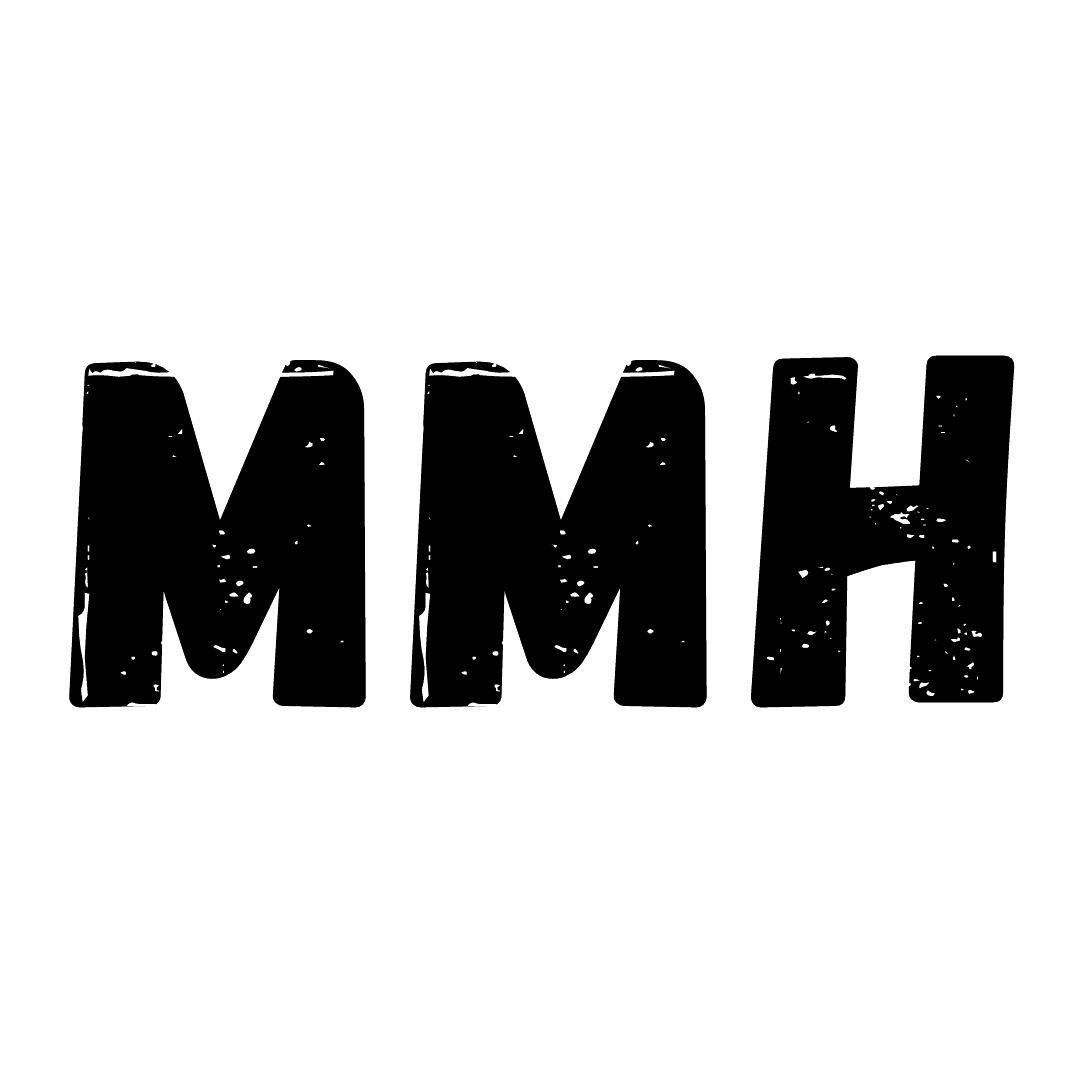
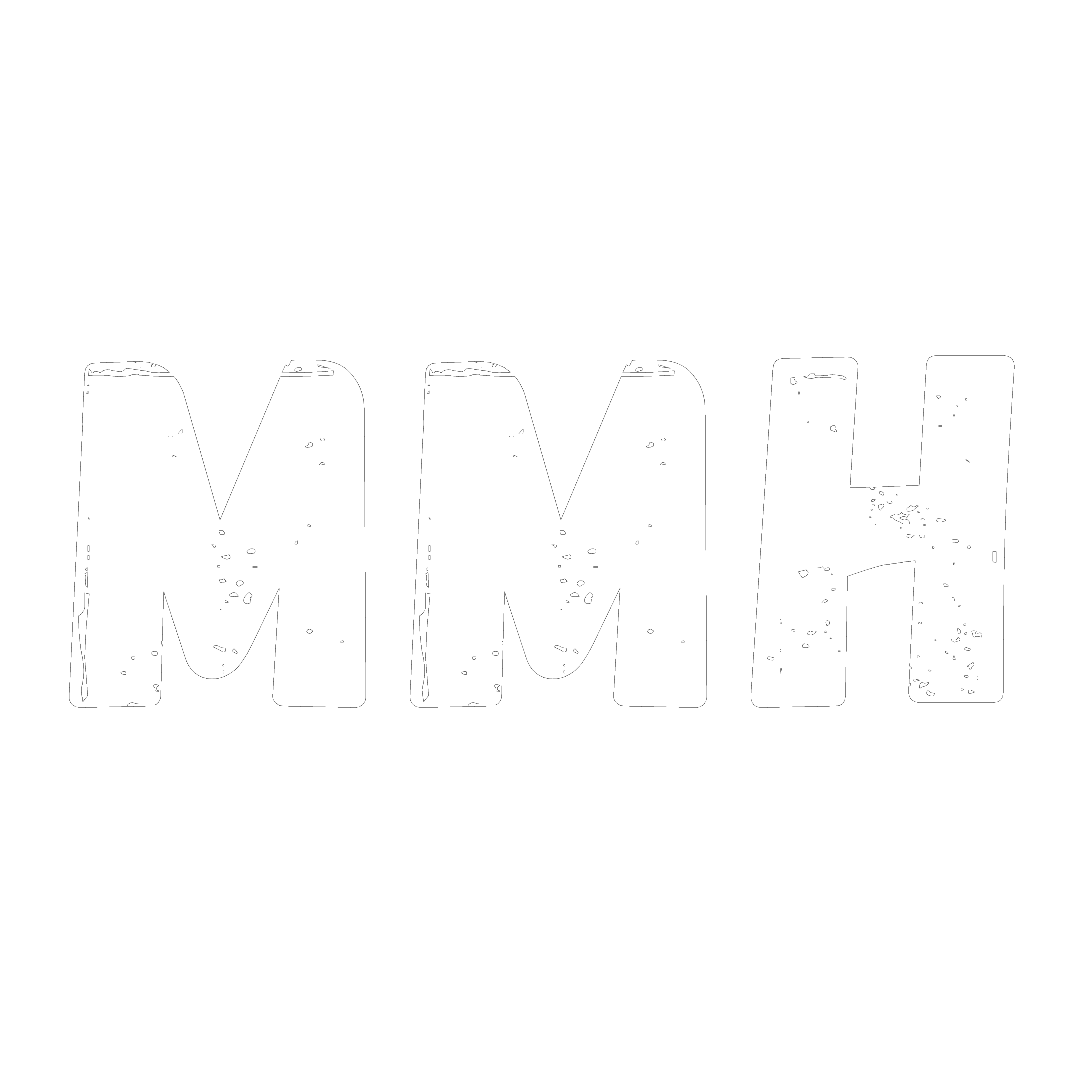

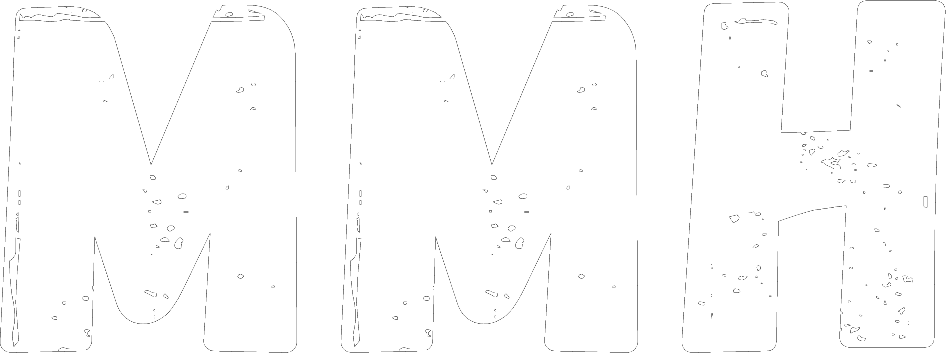

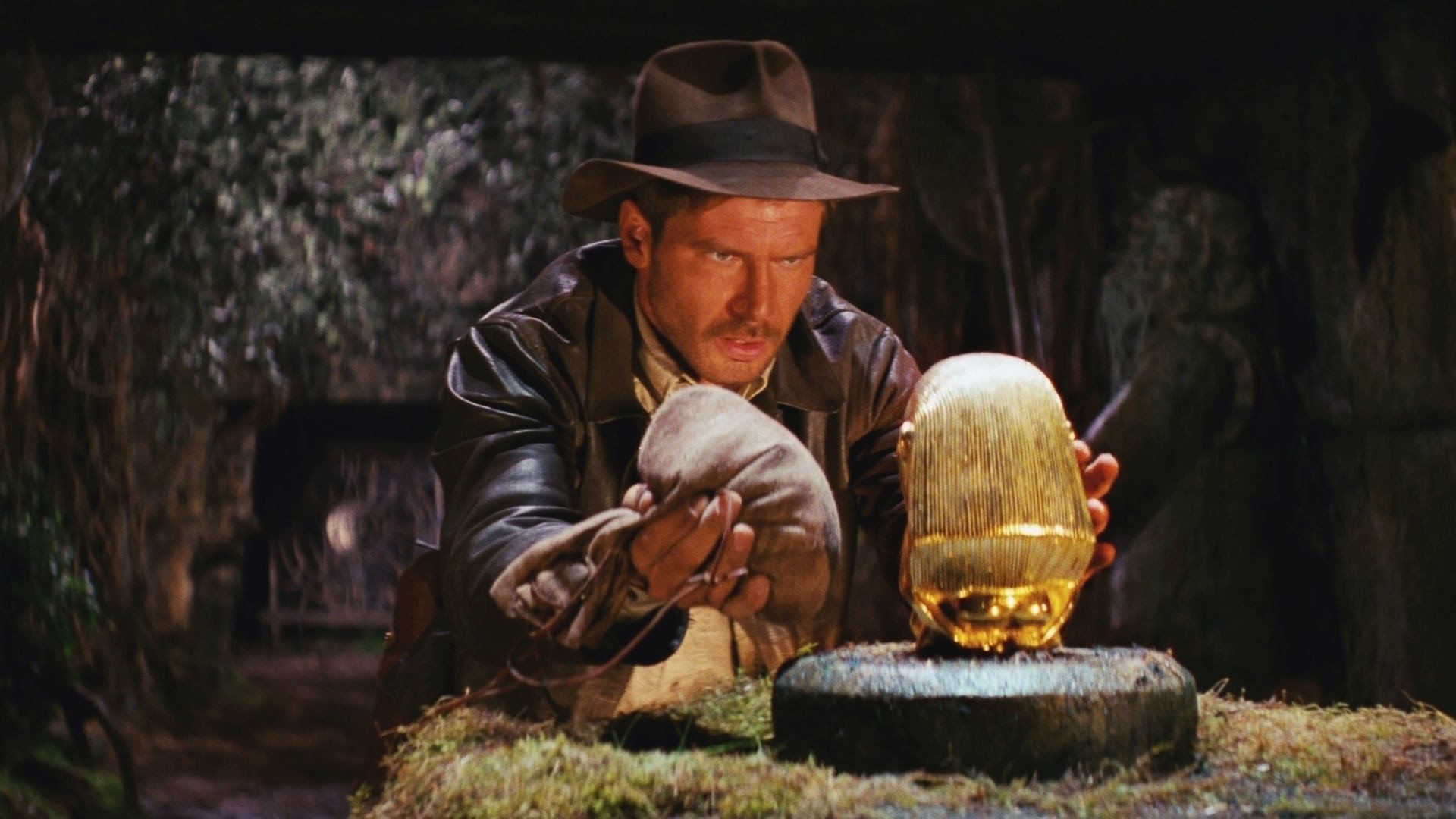
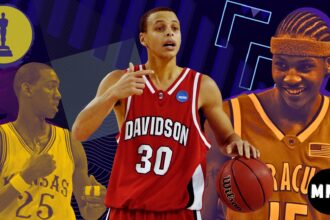
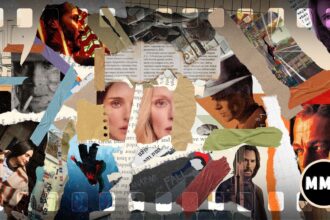
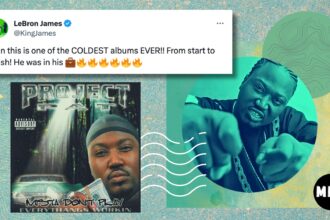


Cody, this is great! I loved watching Indiana Jones when I was little too, so super interesting to revisit thinking about it through this perspective!
Thanks, Rami! I thought so too. Obviously. By the way, you’re an incredible artist.
Is this also the one where he brings a gun to a sword fight and straight up murders a person of color in a crowded marketplace in broad daylight? That moment always seemed so cool before I possessed critical thinking skills. Also, please write that piece about the nazi monkey. And please include other politically-conscious and treacherous animals—the ferret from Kindergarten Cop especially.
I’m on it, Will. Might have to tag you in for some help!
Epic movie for us toxic male boomers after the reality crash of the sixties protest years. Good insight and a well-written, fair treatment, of a movie classic.